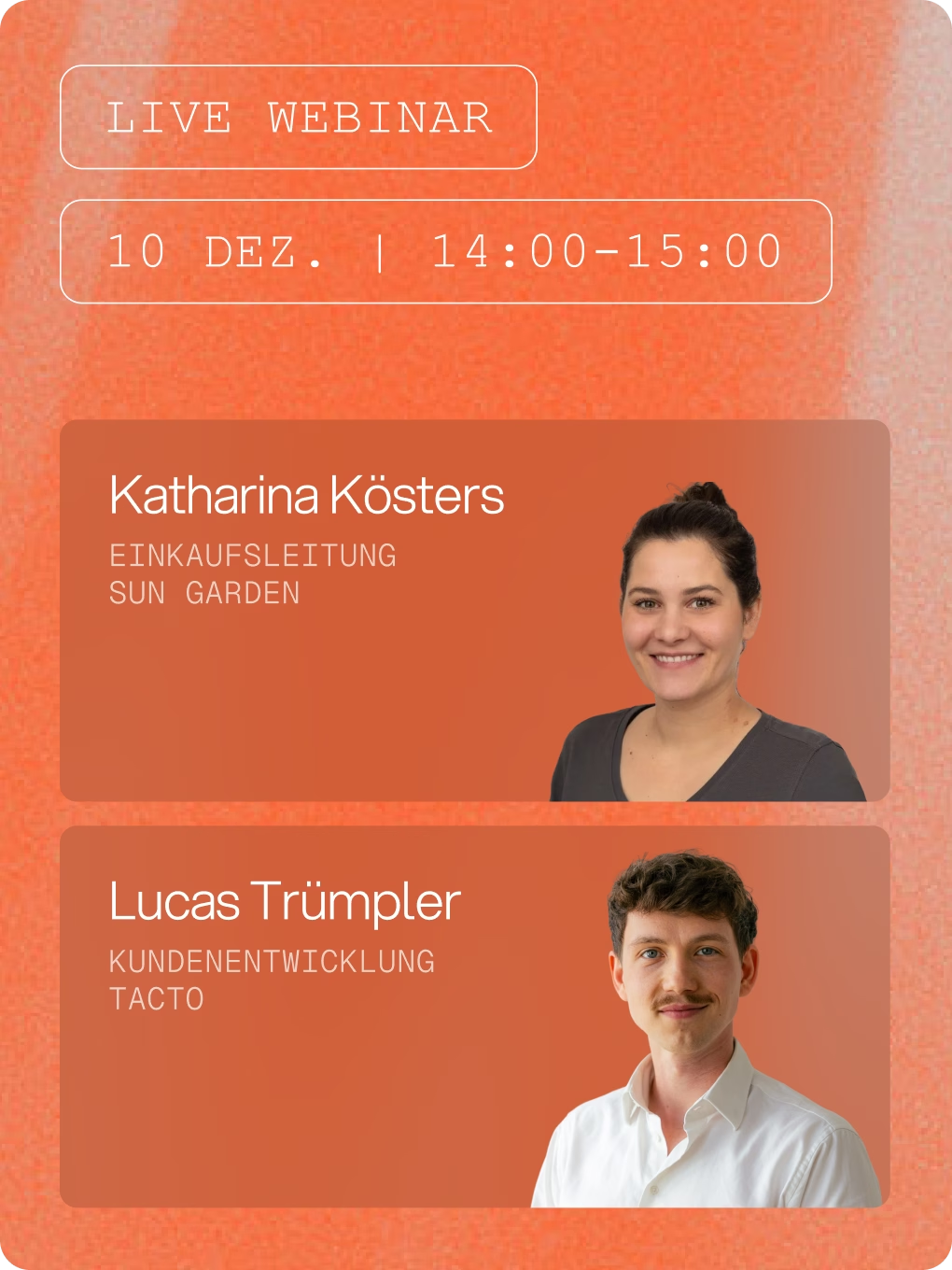Procurement Glossary
Demand pooling: Strategic pooling of procurement volumes
November 19, 2025
Demand pooling refers to the strategic grouping of individual procurement requirements into larger volumes in order to achieve better purchasing conditions and efficiency gains. This method enables companies to strengthen their negotiating position with suppliers and make optimum use of economies of scale. Find out below what demand pooling means exactly, which methods are used and how you can successfully minimize risks.
Key Facts
- Demand pooling reduces purchase prices by an average of 5-15% due to higher purchase volumes
- Coordination between different departments and locations is critical to success
- Standardization of specifications enables effective bundling
- Supplier dependencies can increase due to concentration on a few suppliers
- Digital procurement platforms support the systematic consolidation of demand
Contents
Definition: Demand pooling
Demand pooling involves the systematic consolidation of procurement requirements from different organizational units into larger purchasing volumes.
Core elements of demand pooling
Successful implementation is based on several basic principles:
- Volume concentration by grouping similar requirements
- Timing coordination of procurement deadlines
- Standardization of product specifications
- Centralized negotiations with suppliers
Demand bundling vs. individual procurement
In contrast to decentralized individual procurement, the procurement strategy of bundling enables the systematic use of economies of scale. While individual procurement can respond more flexibly to specific requirements, bundling offers significant cost advantages.
Importance of demand pooling in Procurement
Modern procurement organizations use demand bundling as a key instrument for reducing costs and increasing efficiency. The requirements analysis forms the basis for successful bundling strategies.
Methods and procedures
Various approaches enable the systematic implementation of demand pooling in procurement practice.
Category-based bundling
Grouping by material groups is the most common bundling method. Similar products are tendered together regardless of the requesting department. This procedure requires a detailed determination of requirements and coordination of specifications between the departments involved.
Consolidation over time
By synchronizing procurement dates, it is also possible to bundle requirements that are distributed over time. Framework agreements with staggered call-offs enable flexibility with simultaneous volume concentration.
Cross-location bundling
Multinational companies use global bundling strategies to maximize purchasing volumes. The purchasing organization must reconcile local characteristics with central synergies.

Tacto Intelligence
Combines deep procurement knowledge with the most powerful AI agents for strong Procurement.
Key figures for managing demand pooling
Specific key figures enable the measurement and optimization of bundling activities.
Degree of bundling
The share of bundled procurement volumes in the total purchasing volume shows the penetration of the bundling strategy. Typical target values are between 60-80% of the relevant procurement volume. This key figure is usually broken down by material class.
Cost savings through bundling
The difference between individual procurement prices and the bundled prices achieved quantifies the direct benefit. Average savings of 5-15% are considered realistic, depending on the product category and market structure.
Bundling efficiency
The ratio of cost savings to coordination costs evaluates the economic efficiency of bundling activities. This key figure takes into account both direct savings and indirect costs for coordinating and managing bundled procurement.
Risks, dependencies and countermeasures
Demand pooling involves specific risks that can be minimized by taking appropriate measures.
Supplier concentration
Large bundling volumes often lead to a concentration on a few suppliers and thus increase dependency risks. Dual sourcing or multiple sourcing strategies can reduce these risks. Regular supplier evaluations and backup scenarios are essential.
Loss of flexibility
Bundled procurement can limit the ability to react to changing requirements. Modular contract design and defined change processes create the necessary flexibility and bundling efficiency at the same time.
Coordination effort
Coordination between different suppliers requires considerable resources and can lead to delays. Clear purchasing guidelines and standardized processes reduce the coordination effort and speed up decisions.
Practical example
An automotive manufacturer bundles the demand for standard screws from all production sites in Europe. By consolidating 50 million screws from different plants each year, the company achieves cost savings of 12% compared to the previous individual procurement. Centralized negotiations with three qualified suppliers also enable improved delivery conditions and quality standards.
- Standardization of screw specifications between all plants
- Implementation of a central call-off system for demand-driven deliveries
- Establishment of regular supplier evaluations to minimize risk
Trends & developments around demand bundling
Digitalization and new technologies are fundamentally changing the possibilities and methods of demand pooling.
AI-supported demand forecast
Artificial intelligence enables more precise predictions of future requirements and thus optimizes bundling planning. AI in Procurement analyzes historical data and automatically identifies bundling potential. Machine learning algorithms recognize patterns in procurement cycles and suggest optimal bundling times.
Digital procurement platforms
Cloud-based solutions make it much easier to coordinate requirements across different locations. Digital procurement enables real-time coordination between different organizational units and automated bundling processes.
Sustainability-oriented bundling
Environmental aspects are becoming increasingly important in bundling decisions. Companies are taking CO2 footprints into account and giving preference to regional suppliers, even for larger bundling volumes, in order to minimize transport routes.
Conclusion
Demand pooling is a key instrument of modern procurement strategies that enables considerable cost savings and efficiency gains. Success depends largely on systematic coordination between suppliers and the intelligent use of digital technologies. Companies should actively manage bundling risks through diversified supplier strategies and maintain the flexibility of their procurement processes.
FAQ
What is the difference between demand bundling and volume bundling?
Demand bundling involves the strategic consolidation of different procurement requirements, while volume bundling focuses purely on the concentration of volumes of identical products. Demand pooling often requires standardization and compromises on specifications, but offers greater synergy effects.
What requirements must be met for successful demand pooling?
Successful bundling requires similar or standardizable product requirements, coordinatable procurement times and the willingness of the users to cooperate. A central purchasing organization with the appropriate competencies is also essential for implementation.
How can resistance to demand pooling be overcome?
Transparent communication of the benefits, involvement of stakeholders in decision-making processes and gradual implementation reduce resistance. Pilot projects with measurable success create trust and acceptance for larger bundling initiatives.
What role does digitalization play in demand pooling?
Digital tools enable automated demand recording, real-time coordination between locations and data-based bundling decisions. AI systems identify bundling potential and optimize procurement times based on historical data and forecasts.



.avif)

.png)
.png)


.png)




